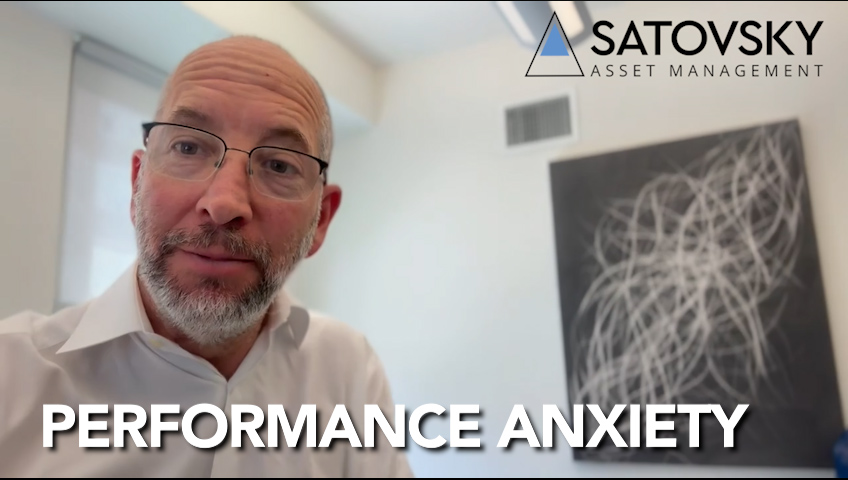Good morning, good afternoon, good evening. Depending on the part of the world you’re in. This is Jonathan Satovsky of Satovsky Asset Management and on today’s episode of “Seeking Wisdom, Wealth, and Wellness,” I want to talk about credit spreads.
What are credit spreads?
Credit spreads are the difference between what the US government pays on the Treasury bills and bonds relative to what other people can borrow—corporations or individuals, whether it’s on mortgages, or whether it’s other foreign governments, or whether it’s businesses. And credit spreads are generally tight when the economy is humming. Everybody is confident everything is flowing, everything is working at a very, very robust pace. But when credit spreads widen, the difference between what someone is getting paid to buy a US treasury versus buying a corporate bond, as those spreads widen to 200 – 2,000% difference, instead of paying 4% for a treasury, you might need to pay 8, 9, 10, 11, 12% on a corporate bond.
Now the question is you have to assess your perception of that risk being priced. Is it really priced to default? So when spreads are really wide, people are pricing and expecting a recession, and it’s pricing in a recession, it’s pricing in very high default rates. Now if the reality of that business is default rates are less, then you’re getting a pretty good deal. So currently when credit spreads are really wide, you’re getting equity returns on investment-grade debt in some cases. So ponder that as you evaluate the risk-return not just of the equity markets, but pay attention to the debt side as well on your path to Wisdom, Wealth, and Wellness.
Have a great day.


